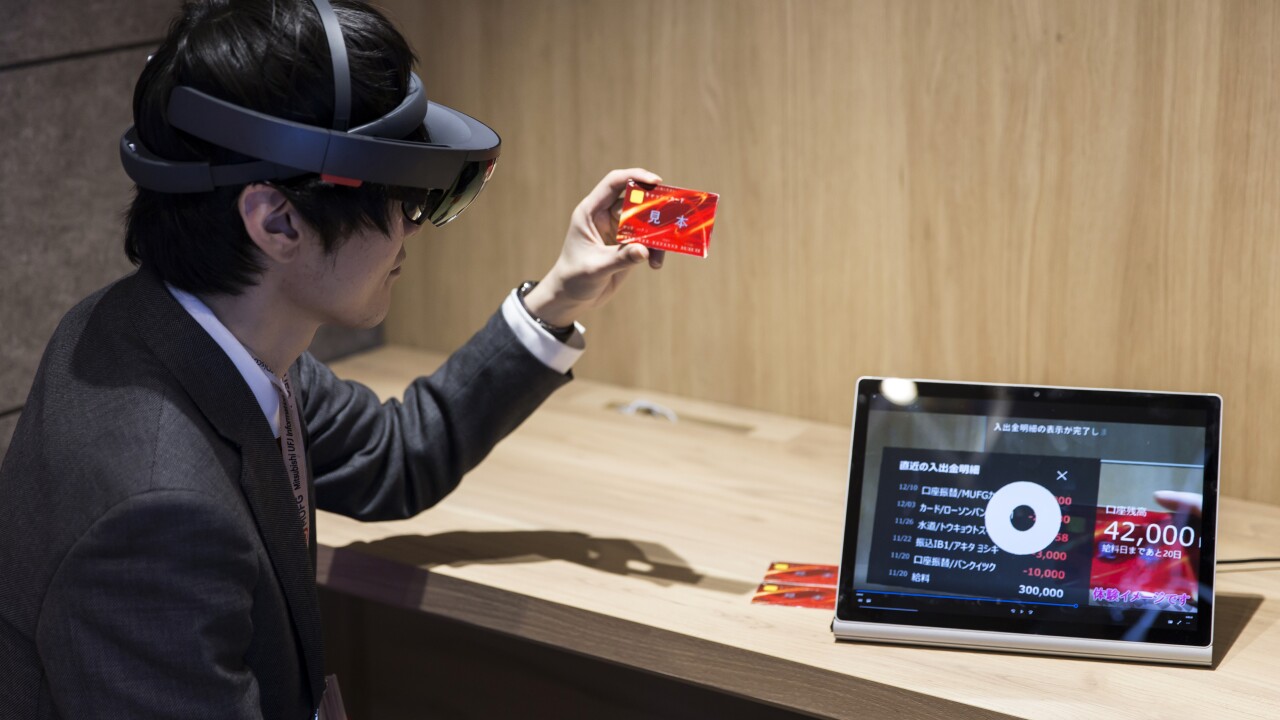With buying power increasing for many cultural groups in the United States, card companies expectedly would be looking for ways to get their products into the hands of those consumers, many of whom are of Hispanic, African or Asian descent.
Though marketing dollars for finely tuned campaigns specifically targeting certain groups have dried up because of the economy and subsequent pullback in target marketing, American Express Co. says it has found cost-effective ways to express multicultural messages.
AmEx has a patent-pending analytical system called Diverse Marketplace Intelligence that helps identify and target cultural groups for marketing opportunities. The company also uses an internal resource–its network of employees–to gain insight into cultural groups to help develop new products, such as holiday gift cards, and marketing opportunities.
“When we do our work here in diversity, we try to connect” with the consumer, Kerrie Peraino, AmEx chief diversity officer, tells PaymentSource. The Diverse Marketplace Intelligence system harnesses the many components at AmEx’s disposal, including information about its consumer spending patterns, she explains.
“But it doesn’t always end up in a product,” Peraino says, citing an event as another option.
An example of how the Diverse Marketplace system helped AmEx identify a new cultural group is when the company began supporting the Stonewall Wall Equality Walk in Brighton, England. The system identified an opportunity to market to the local gay community and eventually led to AmEx sponsoring the annual summer event, which commemorates standing up to gay bullying.
AmEx is considered an employer of choice among the Lesbian Gay Bisexual Transgender community. The company’s UK Pride Employee Network helped with the Stonewall sponsorship, Peraino says.
For its efforts, AmEx not only sponsored the walk but also blanketed Brighton businesses with posters promoting the event.
The businesses were supportive, as “89% of the merchants we visited agreed to place the Stonewall Equality Walk decal in their windows,” and many subsequently began to accept AmEx cards that did not previously, says Peraino, who did not provide an exact number. “We struck a chord with the community,” she says. “Rather than just focus on AmEx being accepted in Brighton, the effort really focused on how important the walk is to the community.”
One potential benefit of multicultural marketing is loyalty, Dennis Moroney, director of research for bank cards at TowerGroup, tells PaymentsSource. As AmEx found with its support of the Wall Equality Walk, groups often will remain loyal to a brand if they feel it supports their community.
“Once you penetrate those markets you find a great loyalty, including less sensitivity to pricing. So attrition is less of an issue,” Moroney says.
AmEx also used the Diverse Marketplace system and the diversity teams in its employee network to identify and develop marketing for cultural gift cards. AmEx issues gift cards for the Chinese-American, the Indian-American and Hispanic communities.
Understanding the nuances of such multicultural groups is key to targeting them for card products, says Moroney. “It’s not a matter of taking collateral marketing materials and translating them,” he says. “You have to be sensitive to the cultural differences in these communities and adjust the marketing accordingly. And when you create an expectation, you have to fill it in on the back end.”
AmEx in October introduced a gift card in the U.S. to celebrate Diwali, an India holiday that means “row of lights” (
AmEx, which made the cards available online, waived the purchase price of the card (usually $3.95) and offered free standard shipping. The brand, which marketed the card online and through Indian media in the U.S. , worked with its South Asian Employee Network not to only develop and market the card but also to design the “Happy Diwali” message.
The company has marketed various diversity gift cards for the past two years. It also offers a Chinese Lunar New Year gift card and Felicidades gift card that celebrates Hispanic culture. AmEx will continue to add cards to its diversity collection, Chokshi said, though he did not specify details.
AmEx this year for the second consecutive year is offering the Chinese Lunar New Year gift card (
“We were looking at the size of the Chinese-American market, so it was the next logical move for prepaid card and was supported by our employee network,” says Peraino.
The limited-edition Year of the Rabbit card features the traditional paper-cut depictions of a peaceful rabbit on a red card, which is considered a lucky color in the Chinese culture. Last year’s card featured the Year of the Tiger (
Similar to the Diwali card, the Lunar New Year card is available online for $3.95, and it comes in denominations of $25, $50, $100 and $200. AmEx will mail purchased cards via free standard shipping as part of special promotion that ends Feb. 28. AmEx is marketing the cards online and in Chinese-American publications.
AmEx also offers a Felicidades gift card that celebrates Hispanic culture.The prepaid card product was developed through the Diverse Marketplace system with the help of the 600-member Ahora Network of AmEx employees, which helped to design the card, including the use of the word “felicidades,” Peraino says.
“The word has a broader meaning than just thank you, and it resonated with the community,” she says, noting many of the employees involved in the project did not necessarily come from the marketing department. “We used the employee network to pitch both the card idea as well as the design, and it is a poignant example of how use those networks to meet our company goals.”
AmEx marketed the prepaid product online and sent letters to Hispanic organizations, including the National Society of Hispanic MBAs. AmEx has gone to the organization’s annual conference for 10 years to promote AmEx products, says Peraino, noting that word-of-mouth advertising is important to this cultural group.
“It was more impactful to hear about the product from us at the event than to get a postcard in the mail,” she says.
AmEx’s choice to market the prepaid cards online was a good one, as many of multicultural groups have a high propensity to use the Internet, Moroney says. “Marketing acquisitions using the Internet is nonthreatening to these groups,” mainly because of the language barrier, he says.
Online, they can take their time to have things translated. “Often they may use a family member to help translate,” says Moroney.
Taking a progressive approach to these markets also is a good strategy because it is expensive to target credit products to groups that do not have traditional credit reports, Moroney says.
By starting with a prepaid card that carries low risk, AmEx gradually could gain loyalty from multicultural groups as their credit profiles improve to the point they could be offered a credit product, he says.
AmEx will continue its efforts to cater to multicultural groups, though Peraino declines to give details of upcoming plans. “We’re committed to [the Diverse Marketplace system] overall and expect to see more campaigns for products and events in 2011,” she says.
Not all other card companies are taking the multicultural marketing route. Discover says it does not market on a multicultural basis, and Visa says it relies on its issuers to focus on multicultural marketing.
MasterCard, however, takes an educational approach to multicultural marketing, providing well-known and trusted personalities to promote its debit and financial educational programs to drive interest in its payment products.
What do you think about this? Send us your feedback.





